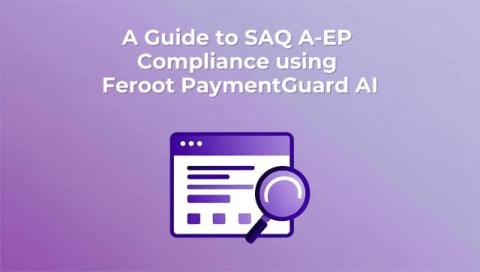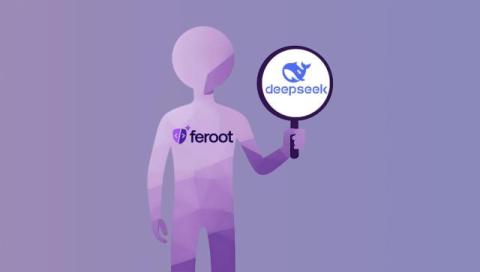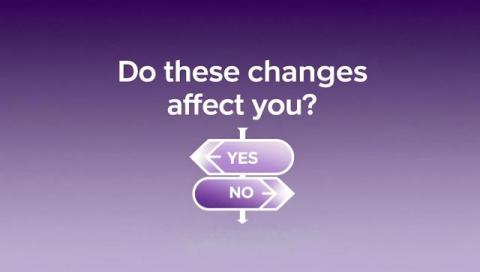Achieving PCI DSS 4.0.1 Compliance for Companies (SAQ A-EP): A Comprehensive Guide for Feroot PCI PaymentGuard AI
Payment security for SAQ A-EP merchants has never been more critical. As e-commerce continues to evolve, merchants who control elements of their payment pages face increasing security challenges and compliance requirements.











